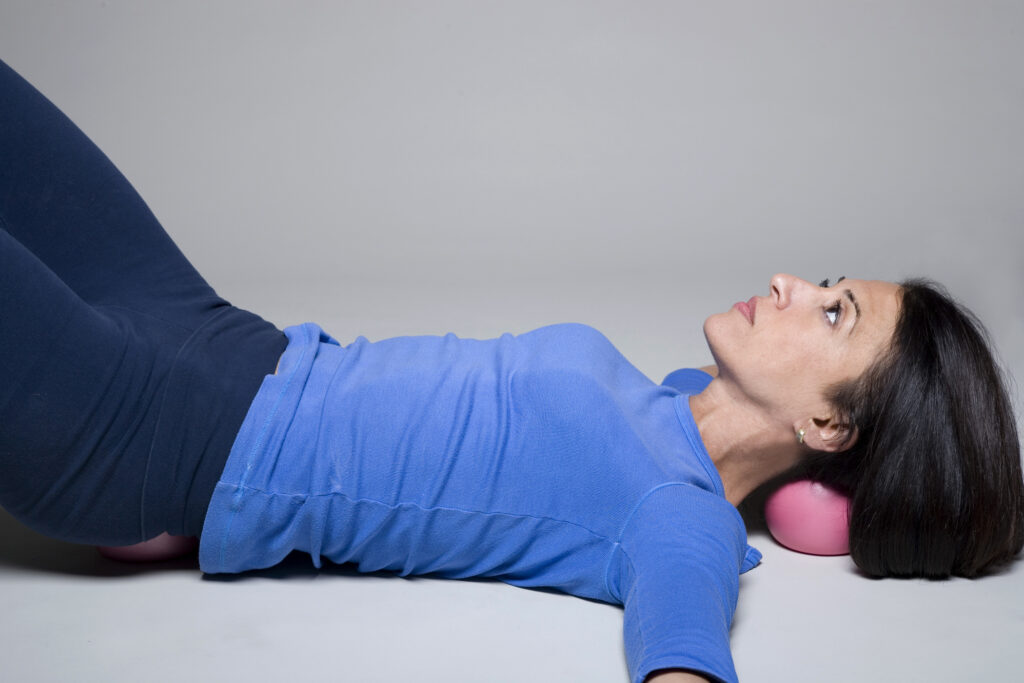In the quest for holistic well-being, we often overlook a fundamental aspect: inhabiting our bodies. It’s akin to attempting to operate a vehicle without being behind the wheel. In this blog, we’ll delve into the significance of truly inhabiting your body.
Many of us are familiar with the concept of an “out-of-body experience,” often occurring in the wake of traumatic events. Shock can numb us, serving as a shield against unbearable pain. However, these encounters leave lasting imprints on our physical selves. Long after the event, we might find ourselves disconnected from our bodies, unable to fully embrace movement or plagued by persistent discomfort, like nagging back pain, or in my case parts of my body that didn’t seem to respond the way I wanted.
Observing others and reflecting on personal experiences, it’s evident that many of us exist in a state of detachment from our bodies. We’re spectators to our own physicality, perplexed by its responses. Anxiety, for instance, can manifest in perplexing symptoms seemingly unrelated to our emotional state, leaving us bewildered and apprehensive about our bodily functions.
Consider the discomfort felt during exercise, the sensation of lagging behind while others thrive. It’s easy to blame our bodies, to perceive them as obstacles. I’ve encountered such feelings myself. Yet, distancing ourselves emotionally from our bodies can offer clarity.
Our bodies crave movement—it’s an intrinsic need. But often, we’re oblivious to this call. To inhabit our bodies means reconnecting with our physical selves, acknowledging our histories may have hijacked our present moment, and our imaginations may be what we are left with.
We have to know that the way the body feels is the way we are unconsciously directing it. If we can be objective, it’s about experiencing the weight of parts of our body, the pull of gravity, the rhythm of breath—a level of awareness many of us lack simply because we don’t talk about it. Our bodies know how to move, but most of us don’t let it. Maybe we don’t trust it.
A common response to chronic anxiety, tight muscles and even chronic pain, in the body is to avoid tension. Relax, release, and let go seem to make tension something to avoid. That is misleading. Tension is necessary and feels good. It’s extremely beneficial but we can’t use it if we are not actually able to inhabit or fully feel our physical body so we ward against it. “What if I do this movement, and that happens?” Better to do less or be careful.
Our bodies are our own resistance machines, waiting to be engaged. But without presence, without actively experiencing movement as we did in childhood, we miss out. Children intuitively learn to move by shifting weight, unencumbered by fear or stiffness. We lose this innate ability as we grow, often without realizing it.
Trauma, whether physical or emotional, can sever our connection with our bodies, leaving us feeling estranged. But therein lies the importance of reclaiming this connection. It’s what prompted me to develop the Miracle Ball Method—a tool for reconnecting with our bodies, regardless of the reasons for our disconnection.
You don’t need an extraordinary excuse to be out of touch with your body; the mere act of existing in today’s world can render us unconscious to our physical selves. There is too much information and not enough exploration. Let’s challenge the notion that our bodies are solely responsible for our limitations. Your body is capable of more than you know, but it requires a different dialogue.
Ultimately, inhabiting your body is about more than just physical movement, physical movement is the result of you as a whole person. And how you feel as a person is equally dependent to how you experience the pleasure of moving freely without fear, pain, or expectation.

